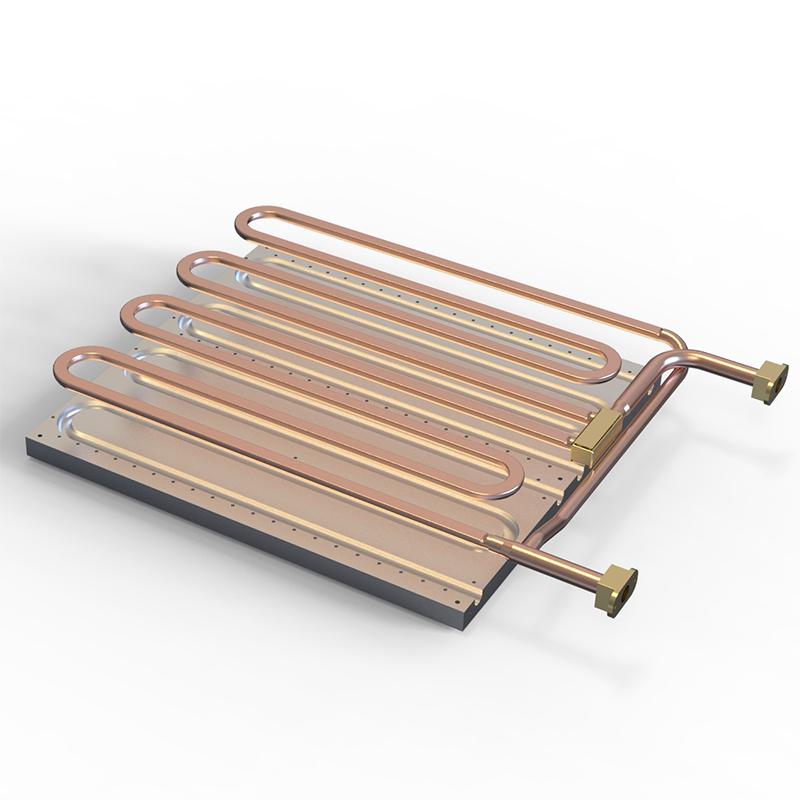Tel: +86-18025912990 | Email: wst01@winsharethermal.com
Blog


Views: 23 Author: Site Editor Publish Time: 2022-06-17 Origin: Site
If air cooling can no longer achieve the goal of system cooling, then liquid cooling may be a good choice. Liquid cooling is mainly achieved through cold plates, and there are many types of cold plates like Tube Liquid Cold Plate, FSW Liquid Cold Plate, Brazing Liquid Cold Plates, etc. For those interested in learning more, you can check our previous article, "What is liquid cold plate heat dissipation."
Today we will focus on tube liquid cold plate, a technology developed to provide a simple and effective cooling design. Tube Liquid Cold Plate is very cost-effective and provides good thermal performance for low to medium power density components.

What is a tube liquid cold plate?
This technology is probably the simplest form of cold plate. It consists of jointless tubes embedded in a copper or aluminum carrier plate.
Depending on the desired thermal properties and the coolant used, the tubes can be copper or stainless steel. The connection method can be a simple mechanical (dry) press-fit with a thermal epoxy boundary to eliminate micro-porosity or obtain a better performance solder.
Typical Applications of tube liquid cold plate
▪Power electronics
▪RF generators and transmitters
▪Semiconductor processing equipment
▪Uninterruptible power supplies
Four embedding forms for tube liquid cold plate
Standard Embedding
This is the lowest cost and also the lowest performance tube-and-plate type of cold plate because heat must penetrate multiple thermal interfaces to enter the coolant. However, the manufacturing cost is low because the tube can maintain its circular cross-sectional form.
Surface contact embedding
This embedding technique ensures that the thermal resistance between the equipment and the coolant is kept to a minimum. The cooling tube is flat and in direct contact with the device's base. The performance can be further improved by adding a highly conductive epoxy layer between the tube and the carrier plate, thus eliminating micro-porosity. Optimal performance can be achieved if the tubes are soldered, but this requires nickel plating of the carrier plate, which increases production time and cost.
Clamshell Embedding
In cases where components need to be mounted on both sides of the cold plate and the same thermal performance is required, the tubes can be clamped between the upper and lower download plates. This also allows the cold plate to have surface characteristics adapted to the PCB environment.
Advanced Tubesheet Design
In most cases, the tubes in the Tubs in Plate design are continuous jointless tubes that are integral from the fluid inlet to the fluid outlet. This reduces the risk of leaks but also has a gradual heat distribution as the coolant gets progressively hotter. Hence, the last component has a different coolant temperature from the first one.
This drawback can be reduced by constructing a multi-pass design where the cooling fluid can be circulated back through the cold plate, or a separate fluid can flow to the opposite direction to the first one.
Another way to improve the heat distribution provided for all components is to design a tube-in-tube cold plate with inlet and outlet manifolds. This divides the incoming coolant into parallel tubes, providing a more uniform heat distribution.